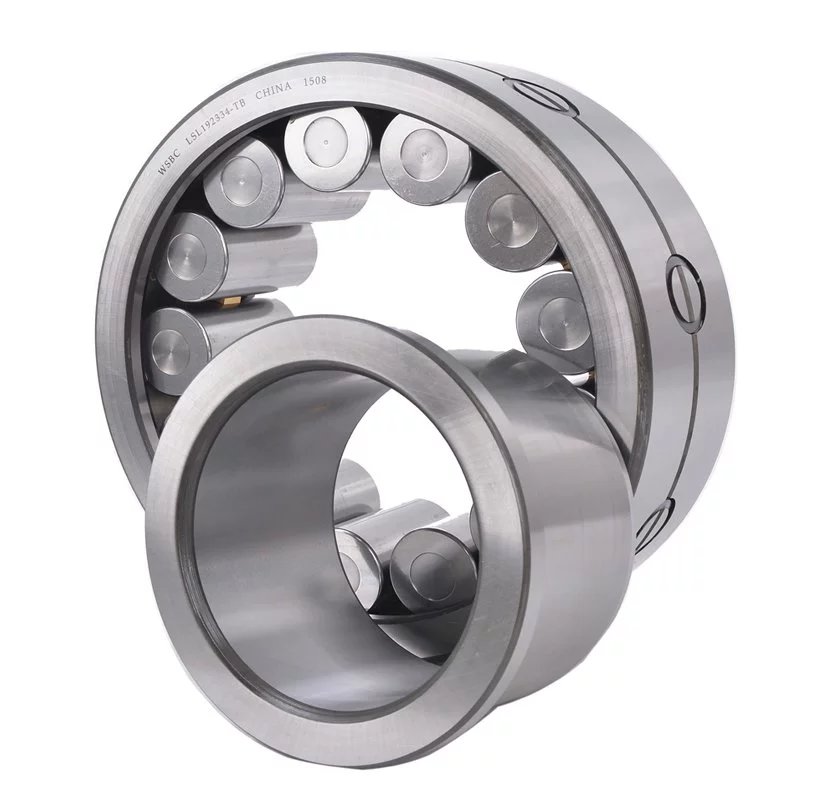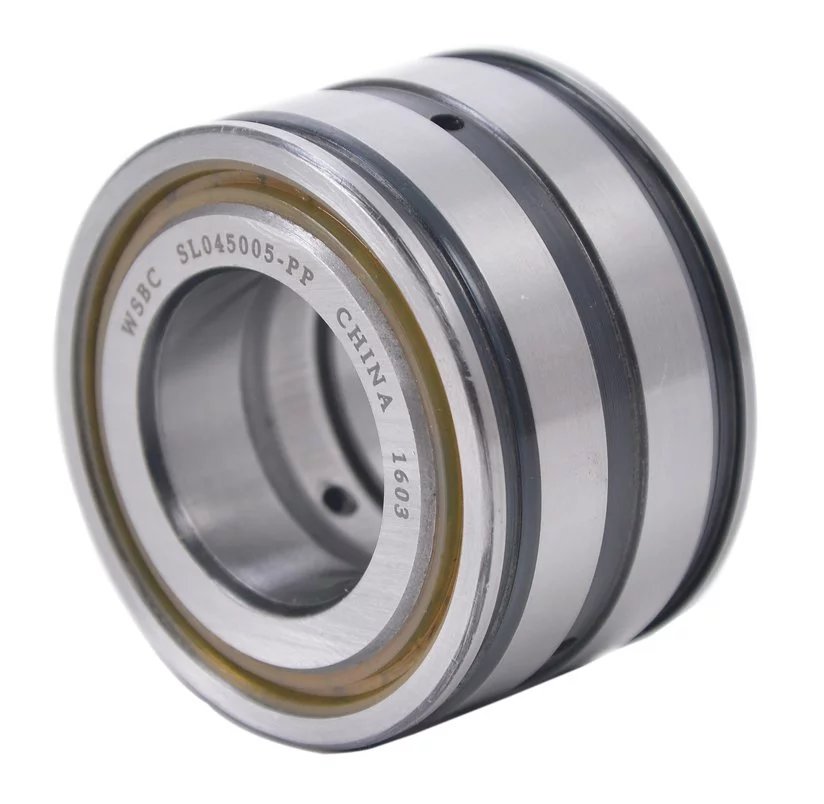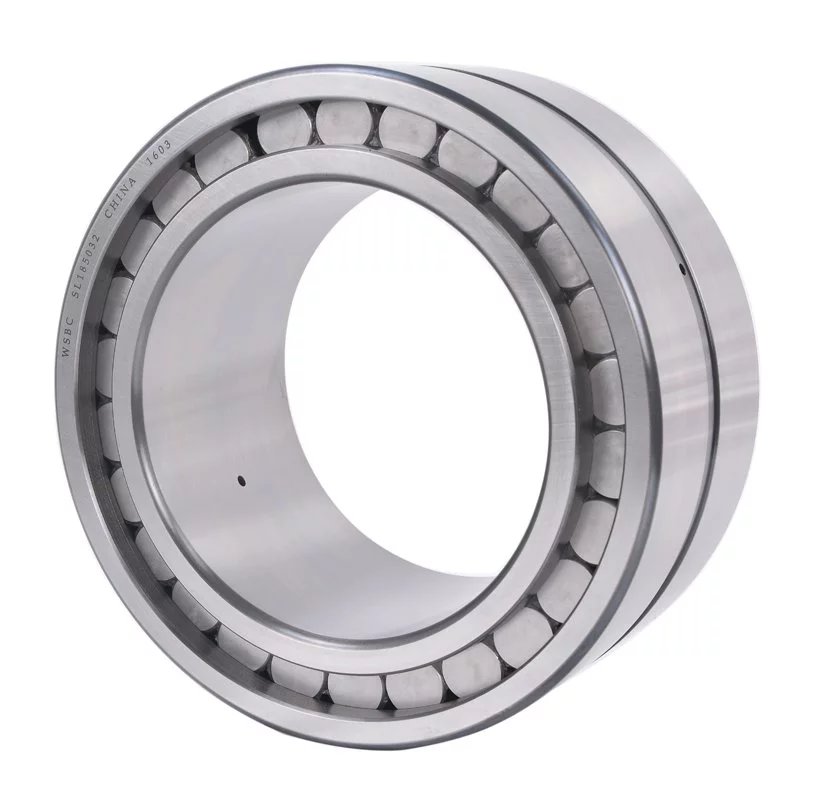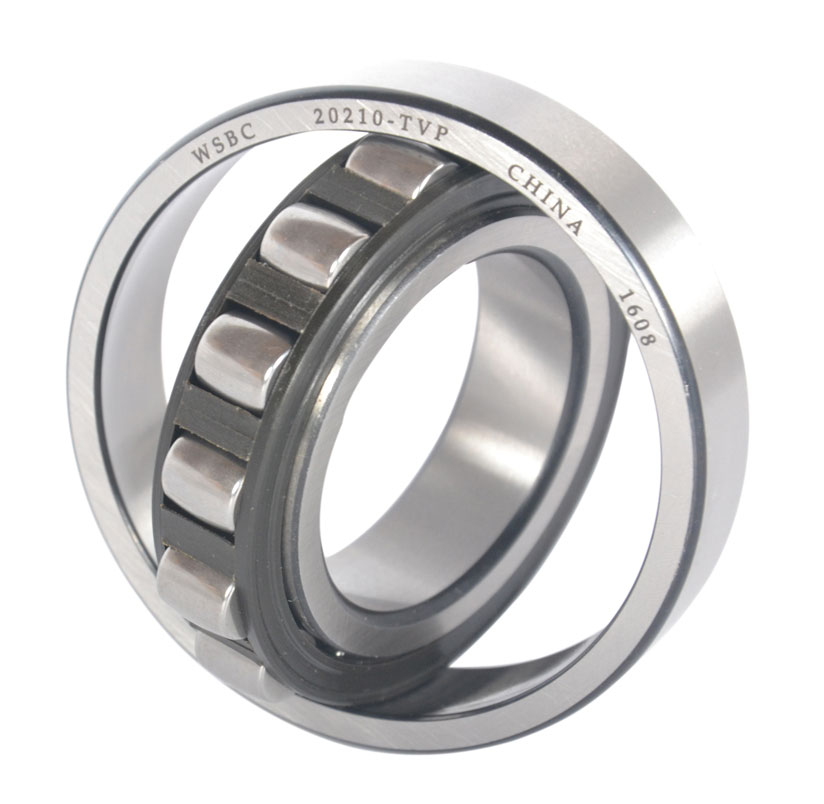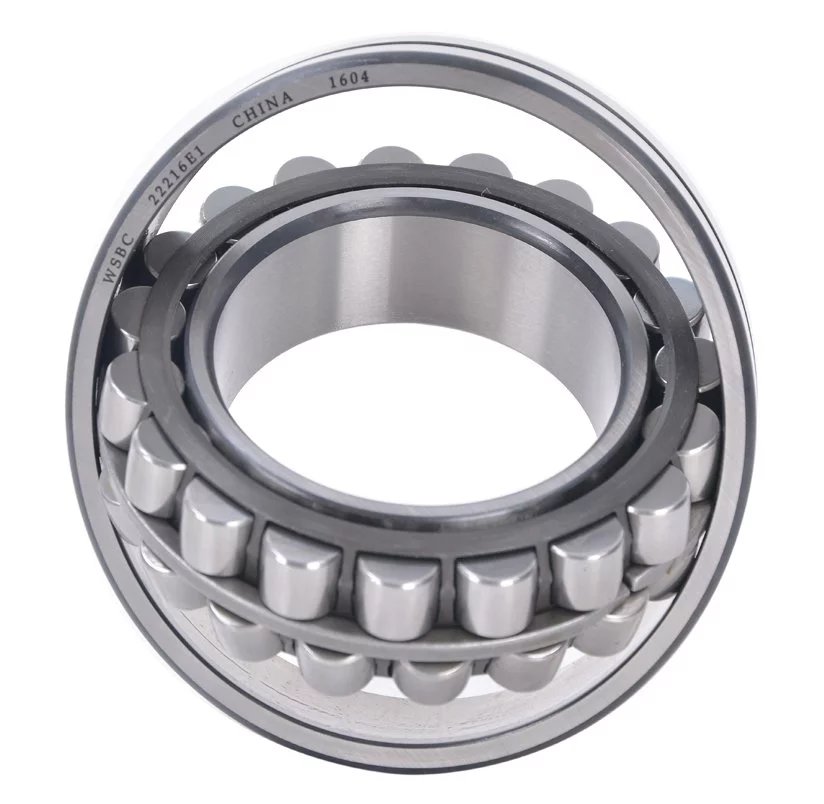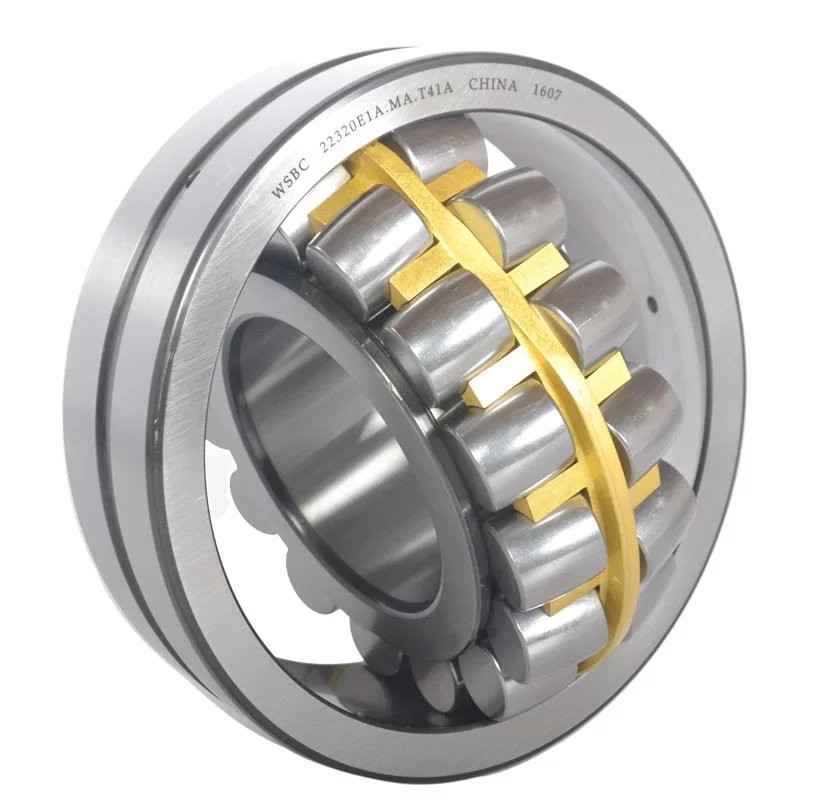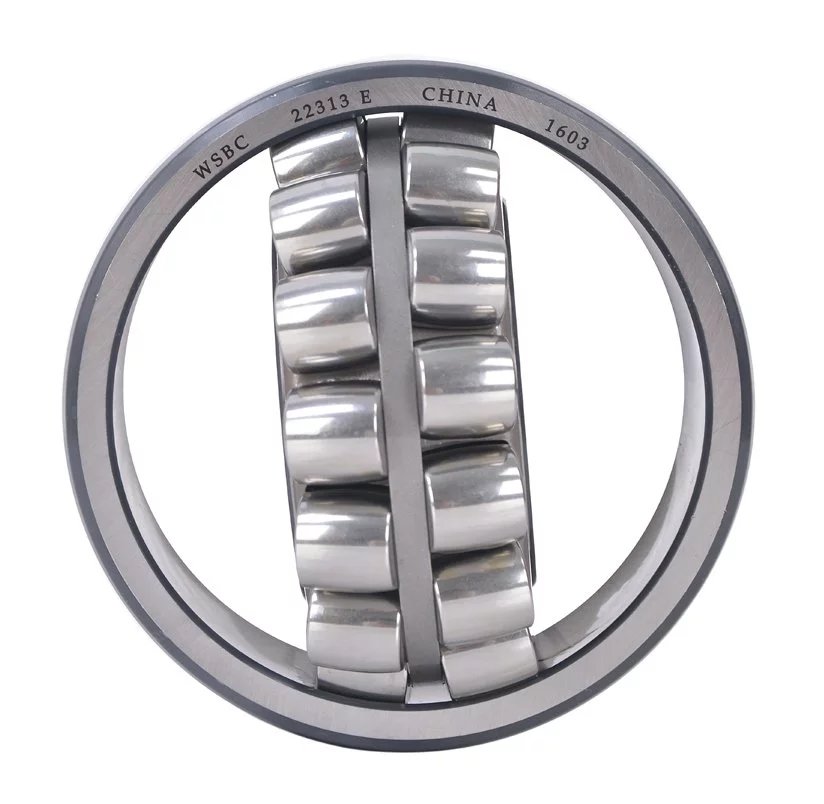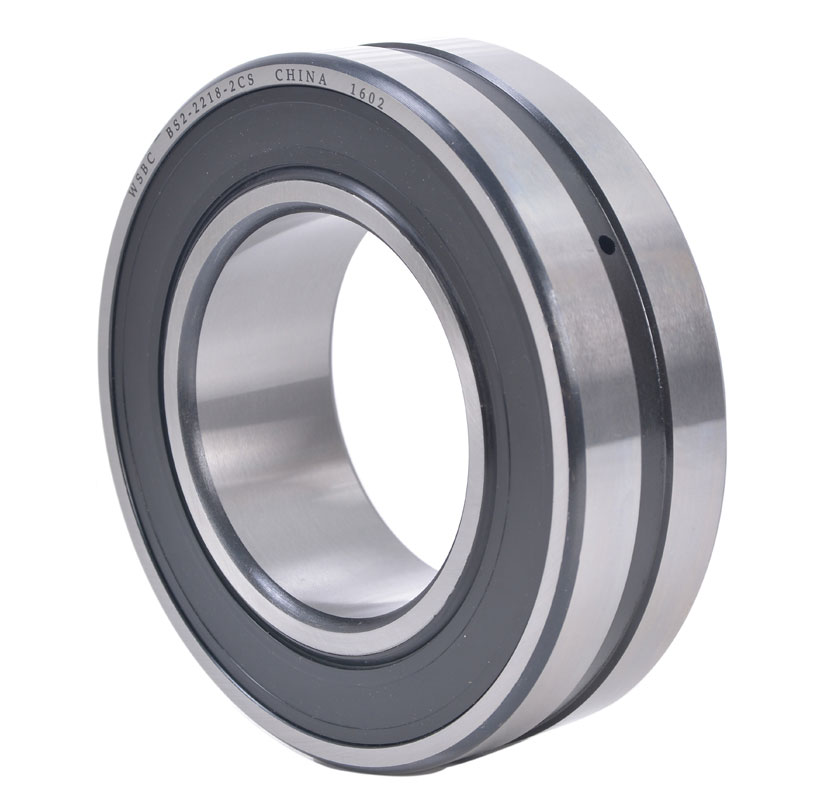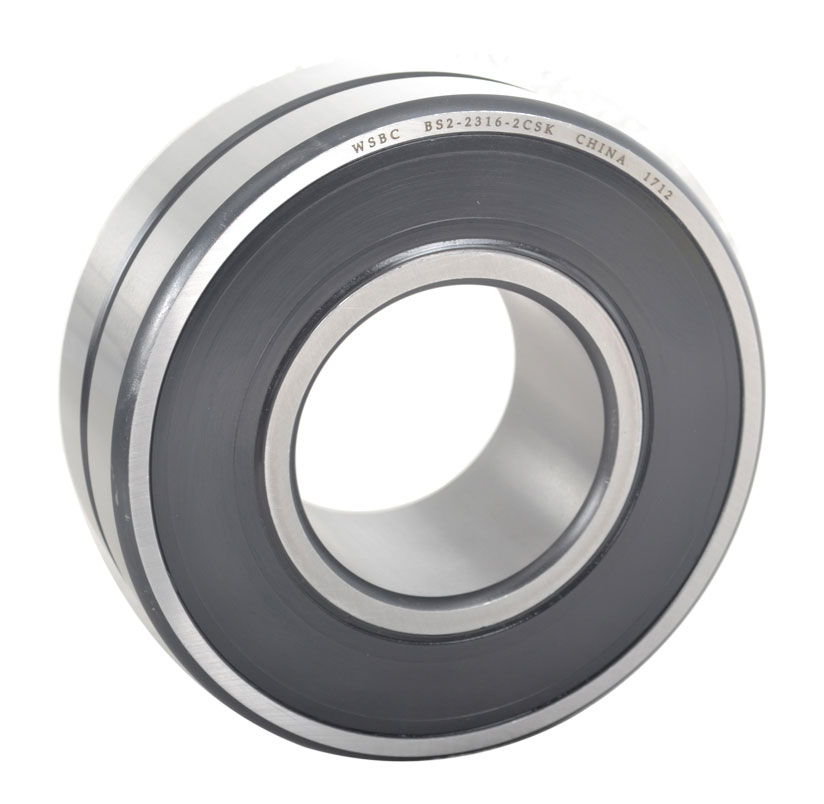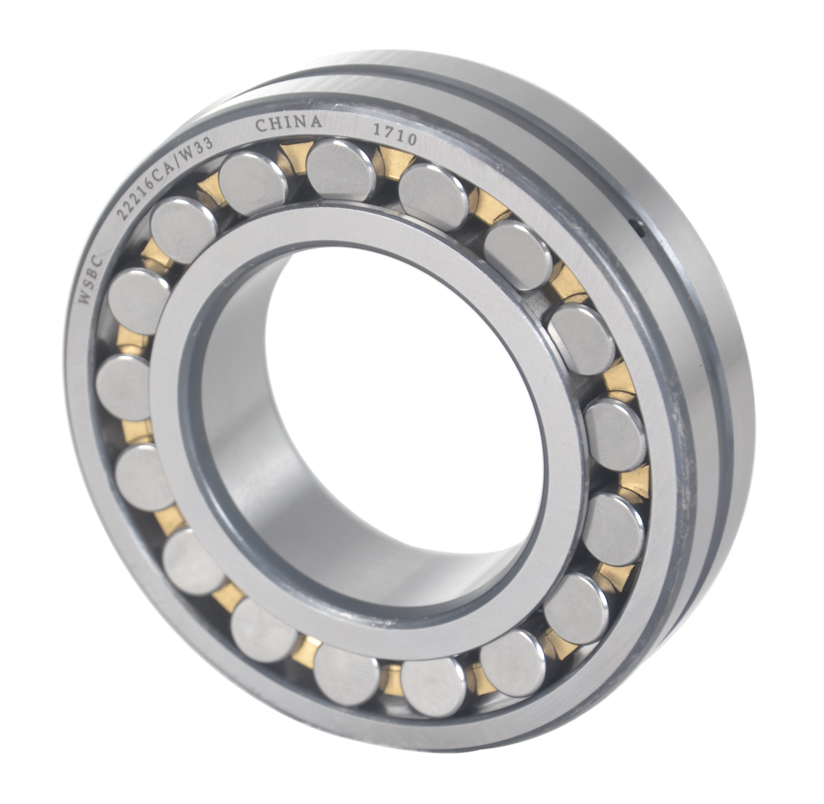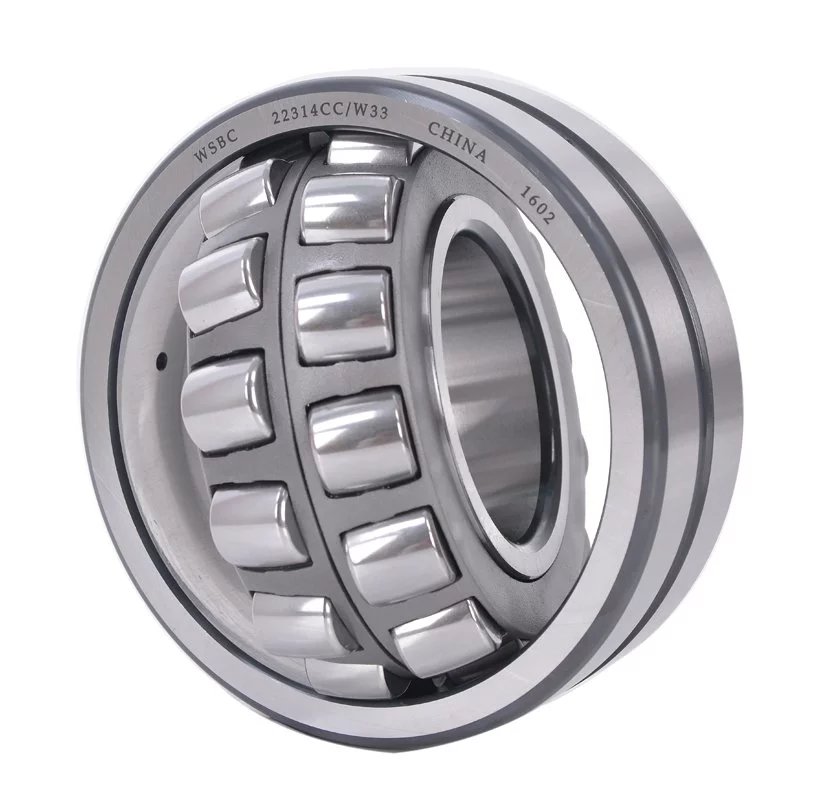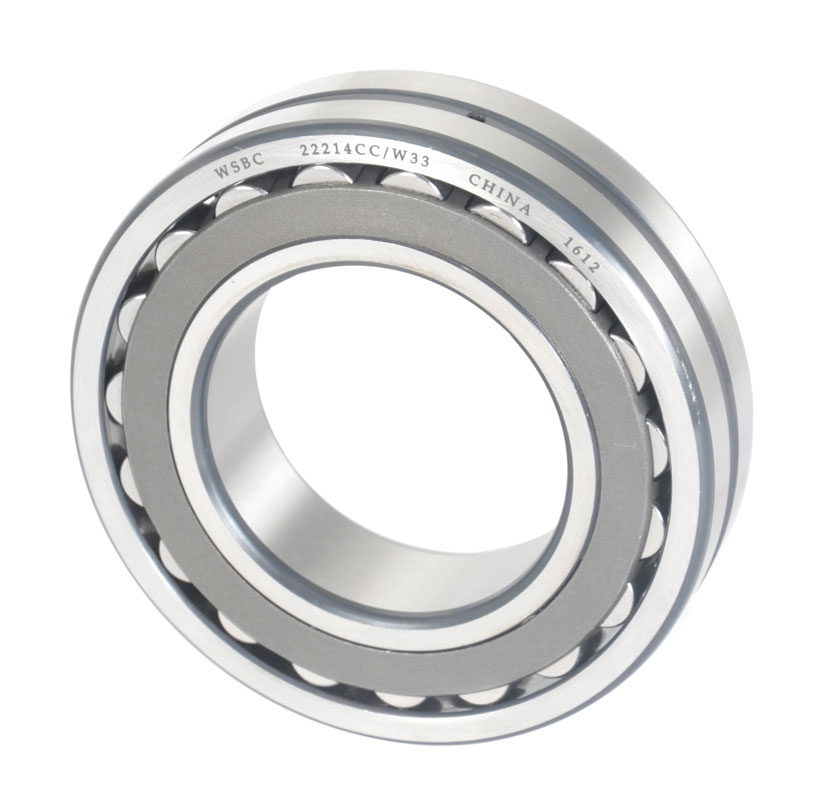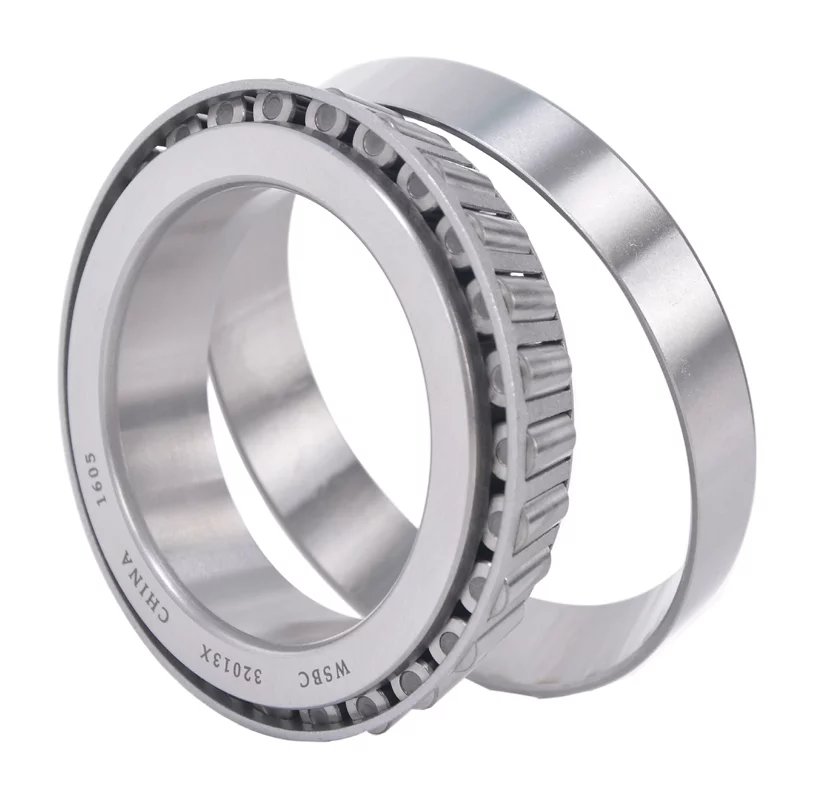News
Importance of cleaning, lubrication and installation for industrial bearing
Time:2019.12.05 Source:Roller Bearings Suppliers
To maintain the original performance of the bearing in good condition for as long as possible, maintenance and inspection must be performed to ensure the reliability of bearing operation. Support is best carried out regularly following the operating standards of the corresponding machine operating conditions. Contents include inspections to monitor working conditions, replenish or replace lubricants, and periodic reviews for disassembly.
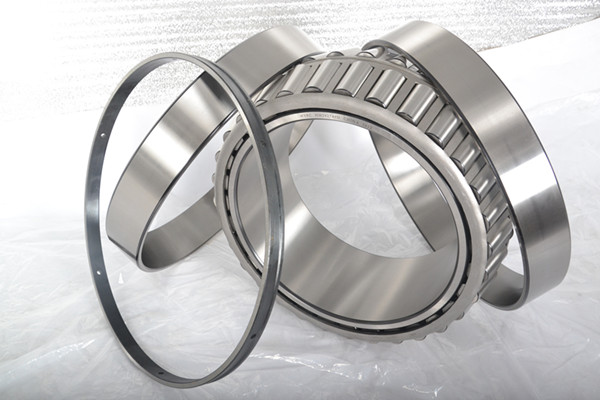
1.Industrial bearing cleaning
When disassembling the industrial bearing for maintenance, first record the appearance of the industrial bearing, confirm the remaining amount of oil, and take a sample of the lubricant for inspection before washing the bearing. As for cleaning agents, gasoline and kerosene are commonly used.
The cleaned industrial bearing is divided into coarse cleaning and exceptional cleaning. They are placed in the container, respectively, and the bottom of the metal mesh is placed first so that the industrial bearing does not directly contact the dirt of the box. During rough cleaning, if the industrial bearing is rotated with soil, the rolling surface of the industrial bearing will be damaged, so care should be taken. In rough cleaning, use a brush to remove grease and stickies. After cleaning, turn to excellent cleaning. Excellent cleaning is to carefully wash the bearing while rotating it in the cleansing oil. Besides, cleaning oil should always be kept clean.
Maintenance and judgment of industrial bearing: To judge whether the disassembled industrial bearing can be used, it should be inspected after the bearing is cleaned. Check the condition of the raceway surface, rolling surface, mating surface, the wear of the cage, the increase of the industrial bearing clearance, and any damage that has no dimensional accuracy. For non-separated small ball bearings, use one hand to support the inner ring horizontally and rotate the outer ring to check whether it is smooth. Separate bearings such as Tapered roller bearing can inspect the rolling elements and the raceway surface of the outer ring separately. Because large bearings cannot be rotated by hand, pay attention to check the appearance of rolling items, raceway surfaces, cages, ribs, etc., the higher the importance of the bearing, the more careful the inspection.
2.Industrial bearing lubrication purpose:
The purpose of industrial bearing lubrication is to reduce the internal friction and abrasion of the bearing, to prevent burning and to stick, and its lubrication effect is as follows.
(1) Reduce conflict and abrasion.
In the contact portion of the ferrule, rolling element and retainer constituting the Industrial bearing, metal contact is prevented, and friction and wear are reduced.
(2) Prolong fatigue life.
The rolling fatigue life of the industrial bearing is prolonged when the rolling contact surface is well lubricated during rotation. On the contrary, the oil viscosity is low, and the thickness of the lubricating oil film is not suitable, so it is shortened.
(3) Dissipate frictional heat and cold.
The cyclic oiling method can use oil to dissipate the heat generated by friction or the heat transmitted from the outside to cool. Prevent the bearing from overheating and prevent the lubricant from aging itself.
(4) other
It also has the effect of preventing foreign matter from entering the industrial bearing or preventing rust and corrosion. Lubrication method:
Industrial bearing lubrication methods are divided into grease lubrication and oil lubrication. If only lube is considered, the lubricity of oil lubrication is dominant. However, grease lubrication has the advantages of simplifying the structure around the bearing, comparing the advantages and disadvantages of grease lubrication and oil lubrication.
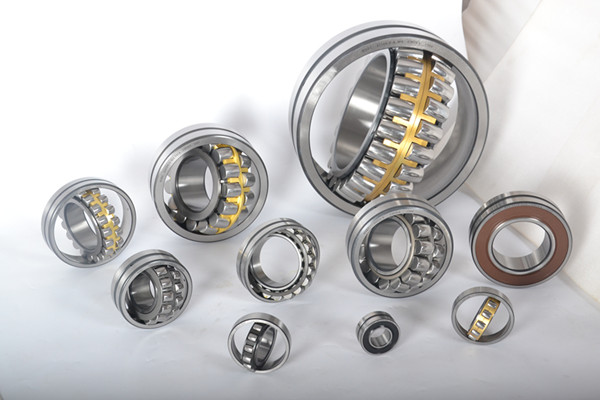
3.Industrial bearing installation:
Whether the industrial bearing is installed correctly affects accuracy, life, and performance. Therefore, the design and assembly department should thoroughly study the installation of the bearing. It is expected to be installed in accordance with operating standards. The items of the operating standard are as follows:
(1) Cleaning bearings and bearing related parts;
(2) Check the dimensions and finishing of associated components;
(3) Installation;
(4) Inspection after taking plant;
(5) Supply lubricant.
It is hoped that the bearing package will be unpacked just before the installation. It is generally lubricated with grease, without cleaning, directly filled with fat. Lubricating with lubricating oil, it is not necessary to clean in general. However, bearings for instruments or high-speed use, etc., should be washed with clean oil to remove the rust inhibitor applied to the bearings. Bearings without rust inhibitor are susceptible to rust, so they cannot be left unattended. Besides, greased bearings are used without cleaning.
The installation method of the industrial bearing varies depending on the bearing structure, fit, and conditions. Since the shaft is mostly rotated, the inner ring needs an interference fit. Cylindrical bore bearings are usually pressed in with a press or hot-loaded. In the case of a tapered hole, install it directly on the conical shaft, or install it with a sleeve. When mounted to the housing, there is usually a large amount of clearance fit, and the outer ring has an interference amount. It is often pressed in with a press, or there is a cold shrink-fit method for installation after cooling. When dry ice is used as the coolant, when the shrink fit is installed, the moisture in the air will condense on the surface of the bearing. Therefore, appropriate rust prevention measures are required.
Hot Topics
Copyright © Wuxi Spark Bearings Co.,Ltd Co., Ltd All Rights Reserved. Sitemap
www.spark-bearing.com. Profession in Roller Bearings, Ball Bearings and Taper Toller Bearings-China Suppliers.
